SparkFun Micromod Processor Boards (2022 Buyer’s Guide)
We have already covered Seeed Studio Grove modules and Adafruit STEMMA QT interfaces, but these modular interfaces are more suited for interfacing external modules such as sensors, shields, actuators or even cables. But after the introduction of SparkFun Qwiic connect system, in 2020, Sparkfun announced the availability of a modular interface that uses M.2 standard to connect a microcontroller processor board to various carrier boards. Leveraging the solderless interfacing technology, developers can choose their favorite choice of processor board and connect it with the stand-alone carrier boards. With this, the developers can mix and match the specific function processor boards as per the application requirements.
 We love the look of the SparkFun Micromod Processor Boards!
We love the look of the SparkFun Micromod Processor Boards!
IoT and edge AI projects are requiring for specific hardware integration without extra peripherals that are power intensive. Micromod processor and carrier boards enable faster prototyping and reduce time-to-market allowing dynamic project adjustments. For enthusiasts with limited knowledge and little soldering experience, these modular interfaces help to design projects without the need for electronic hardware expertise. In this article, we will be focussing on some of our favorite processor boards that provide specific functions, which later can be connected to 8 carrier boards from the list.
1. SparkFun Micromod RP2040 Processor Board
 SparkFun Micromod RP2040 Processor Board
SparkFun Micromod RP2040 Processor Board
Starting with the latest hardware to the long list of existing processor boards is a low-cost, high-performance SparkFun Micromod RP2040 processor board with rich digital interfaces. At the heart of the hardware is the newly introduced Raspberry Pi’s in-house silicon tapeout RP2040 microcontroller featuring a dual-core Arm Cortex-M0+ processor clocked up to a frequency of 133MHz. The microcontroller is also equipped with 264kB of embedded SRAM in six banks, 6x dedications IOs for SPI flash memory and 30x multifunctional GPIOs. But on the RP2040 processor board, there are 29x GPIOs, and support for several serial communication including UART, SPI, and I2C.
Micromod RP2040 Processor Board Specifications:
- Microcontroller: Raspberry Pi RP2040
- Processor core: Dual-core Cortext-M0+ processor @133MHz
- Memory: 264kB embedded SRAM
- Storage: 128Mbit/16MB external flash memory
- LEDs: Status LED
- Interfaces: 1x USB, 1x UART, 2x I2C, 2x SPI, 29x GPIOs, 2x digital pins, 3x analog pins, 16x PWM
- Software support: C/C++ and MicroPython cross platform development environment
2. SparkFun Micromod STM32 Processor Board
 SparkFun Micromod STM32 Processor Board
SparkFun Micromod STM32 Processor Board
Another popular microcontroller comes from STMicroelectronics’ in the range of STM32 indicating the 32-bit processor core. Introducing the SparkFun Micromod STM32 processor board that features Arm Cortex-M4 32-bit RISC core as an easy development platform, designed for developers looking for higher performance at a small form factor. Designed with M.2 Micromod connector, the STM32 processor can be connected to the available carrier board with an advanced screwing option to keep it intact. In specific, SparkFun decided to add the STM32F405 processor which is a high-performance Arm Cortex-M4 32-bit core clocked up to a frequency of 168MHz. The core features floating-point unit single-precision supporting all Arm single-precision data-processing instructions and data types.
Micromod STM32 Processor Board Specifications:
- Microcontroller: STMicroelectronics’ STM32F405 processor core
- Processor core: Cortex-M4 processor @168MHz
- Memory: 192kB SRAM including 64kB of core coupled memory data RAM
- Storage: 128Mb (16MB) serial flash memory chip
- Interfaces: 1x UART, 2x I2C, 1x SPI, 9x GPIOs, 2x digital IO pins, 2x analog inputs and 15x analog input capable inputs, 2x PWM pins
- Software support: Arm tools and software
3. SparkFun Micromod Artemis Processor Board

SparkFun Micromod Artemis Processor Board
Coming to an ultra-low-power integrated Artemis module into the SparkFun Micromod processor board featuring the Arm Cortex-M4F that supports BLE 5.0 wireless connectivity. As a low power consumption, the microcontroller has a power rating of 6uA/MHz executing from flash or RAM at 3V3 and 1uA in deep sleep mode with RTC at 3V3. The high-performance Arm processor core is clocked at 48MHz for nominal performance supporting floating-point unit and memory protection unit. For machine learning capabilities, the hardware features I2C functionality for interfacing Qwiic sensors and modules adding more functions to the Artemis processor board.
Micromod Artemis Processor Board Specifications:
- Microcontroller: Ultra-low-power Apollo3 Blue MCU
- Processor core: Cortex-M4 processor @96MHz
- Wireless connectivity: Built in BLE radio and antenna
- Memory: 384kB SRAM
- Storage: 1MB serial flash memory
- LED: Status LED
- Interfaces: 1x USB, 1x UART, 2x I2C, 1x SPI, 8x GPIOs, 2x digital IO pins, 2x analog pins, 2x PWM pins
4. SparkFun Micromod SAMD51 Processor Board

SparkFun Micromod SAMD51 Processor Board
Another 32-bit Arm Cortex-M4F MCU powered SparkFun Micromod SAMD51 processor board provides an economical way to leverage the advanced capabilities to design IoT projects. At the heart of the board is the Microchip ATSAMD51J20 featuring 32-bit Arm processor core clocked at a frequency of 120MHz performing 403 CoreMark at the highest clock. The MCU also supports 8-zones memory protection unit, floating point unit, and trace port interface unit among several others. In terms of security, the hardware is designed with one Advanced Encryption System (AES) with 256-bit key length and up to 2MB/s data rate.
Micromod SAMD51 Processor Board Specifications:
- Microcontroller: Microchip ATSAMD51J20 MCU
- Processor core: 32-bit Arm Cortex-M4F processor core @120MHz
- Memory: 256kB SRAM
- Storage: 128mbit/16MB (external) flash memory
- LED: Status LED
- Interfaces: 1x USB, 2x UART, 2x I2C, 1x SPI, 11x GPIOs, 2x digital IO pins, 2x analog pins, 2x PWM pins
5. SparkFun Micromod nRF52840 Processor Board

SparkFun Micromod nRF52840 Processor Board
Interestingly, most of the processor board are integrated with a 32-bit Arm Cortex-M4 processor core, and here comes the Micromod nRF52840 system-on-chip from Nordic Semiconductor offering 2.4GHz Bluetooth transceiver in the Micromod form factor. The nRF52840 microcontroller features the Raytac MDBT50Q-P1M, same as the one found in Pro nRF52840 Mini that includes an integrated trace antenna.
Micromod nRF52840 Processor Board Specifications:
- Microcontroller: nRF52840 SoC with Raytac MDBT50Q-P1M
- Processor core: 32-bit Arm Cortex-M4 processor core @64MHz
- Memory: 256kB SRAM
- Storage: 1MB flash memory
- Interfaces: 3x UART, 2x I2C, 2x SPI, 11x GPIOs, 2x digital IO pins, 2x analog input pins, 2x PWM pins
Final Thoughts on Micromod Modular Interfacing System
Most of the processor boards in the list feature the popular Arm Cortex-M4 processor core, however, each module provides different capabilities. Depending on the type of application, a developer can choose from various brain boards from the list above. If you already have a suitable carrier board and want to experiment with the capabilities of RP2040 MCU, you should consider buying a $12.50 RP2040 processor board.
Your turn: Have you got any experience with Micromod modular interfacing system? Let us know which one is your favorite processor board in the comments section below!





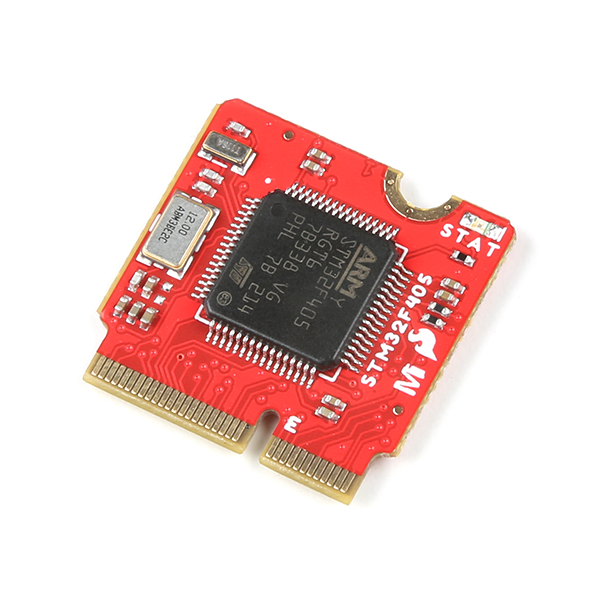
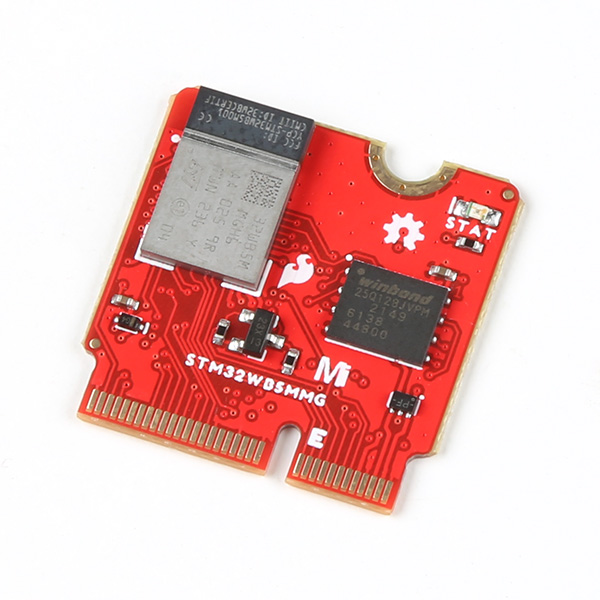

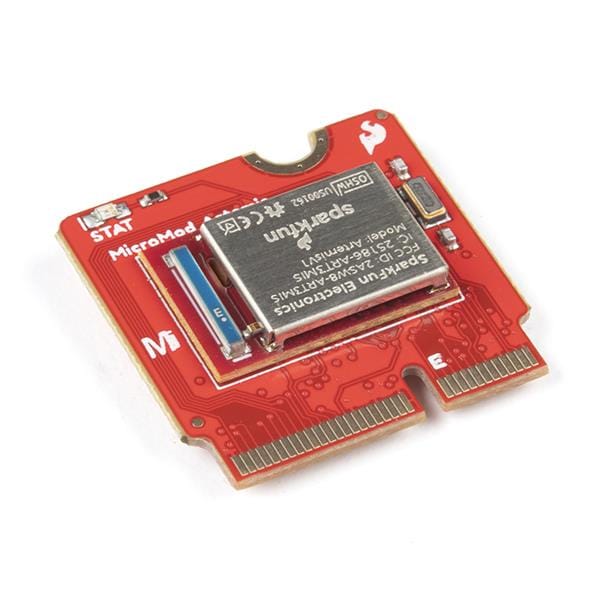
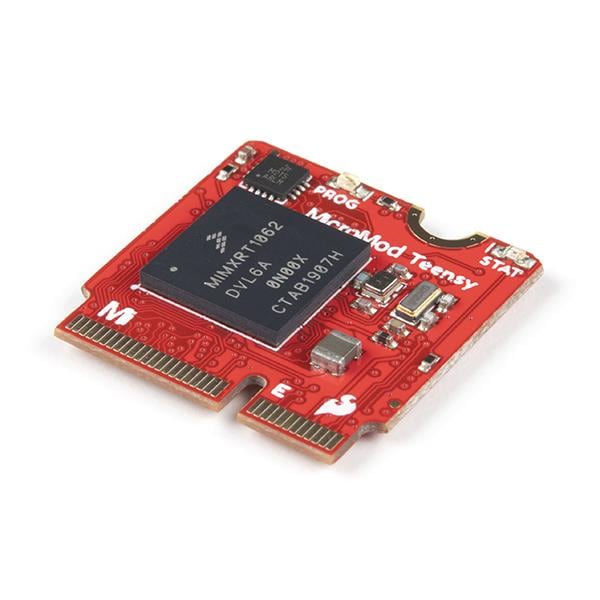

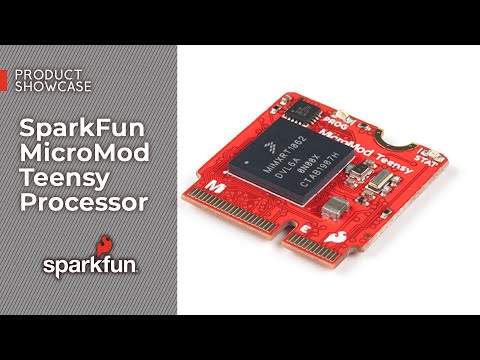
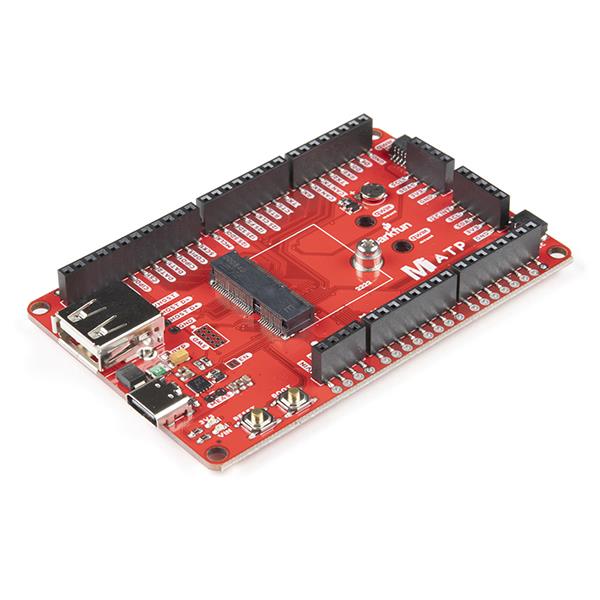
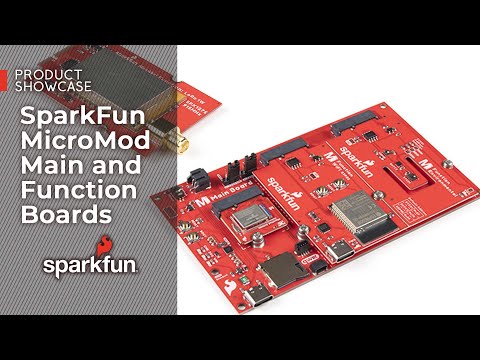
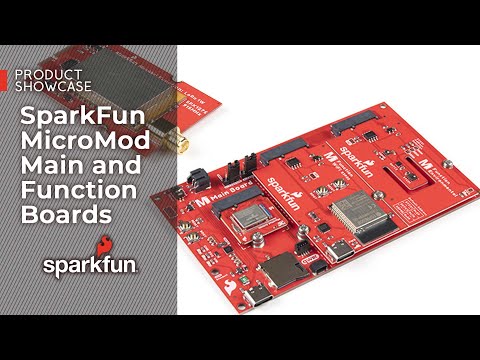
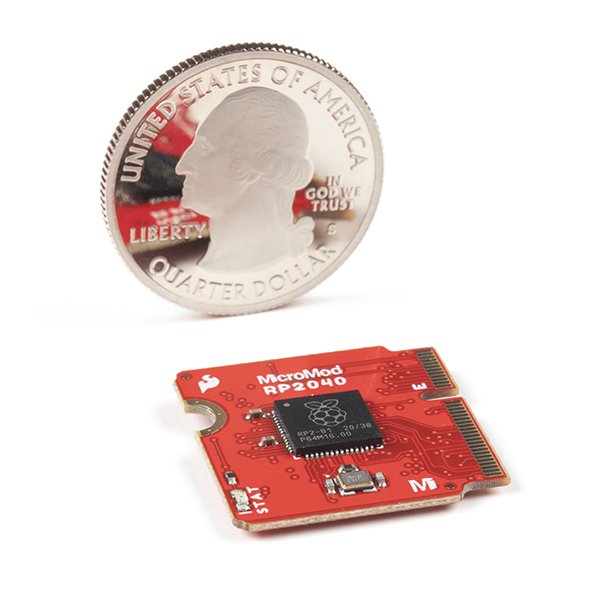
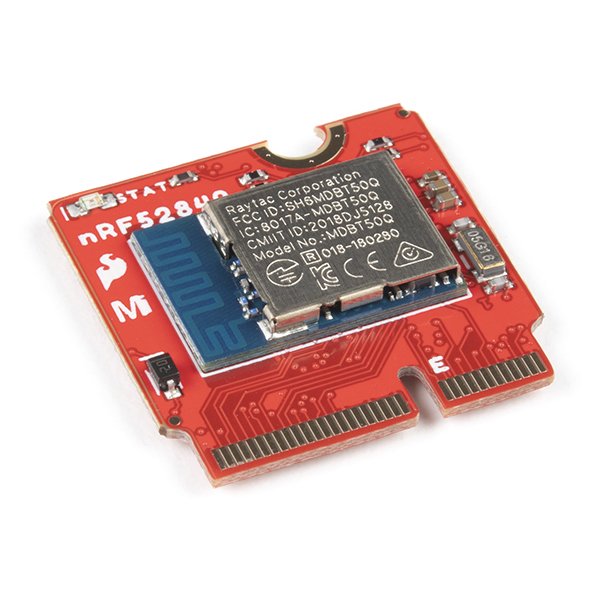
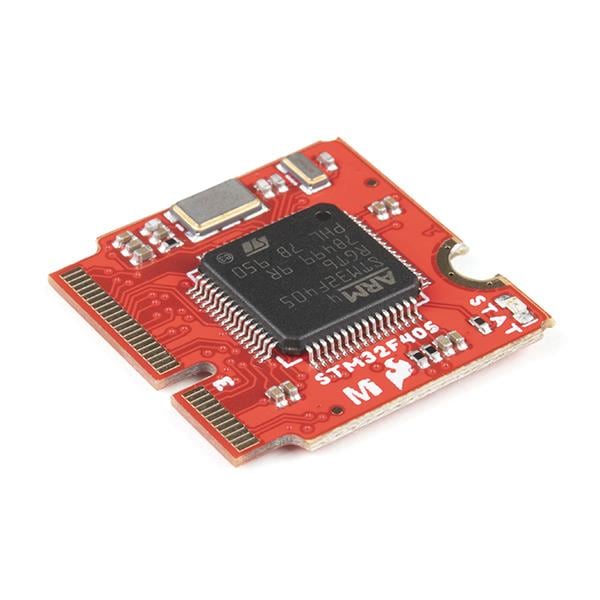
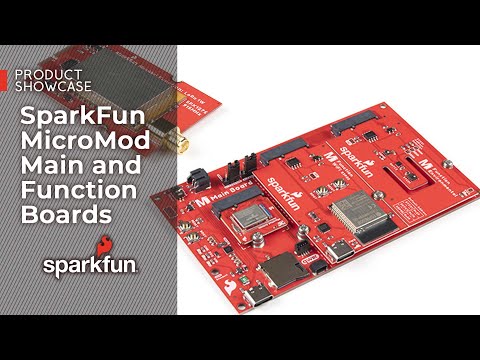
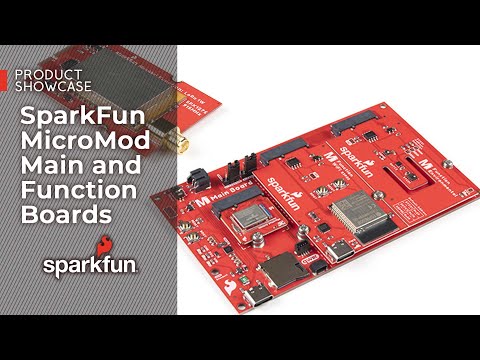
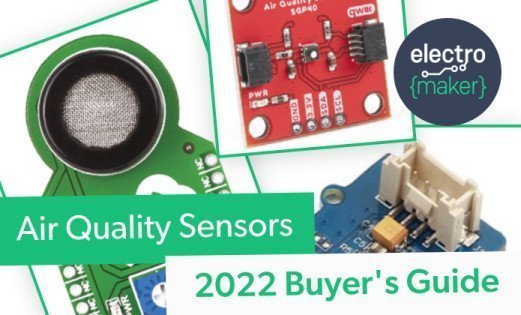
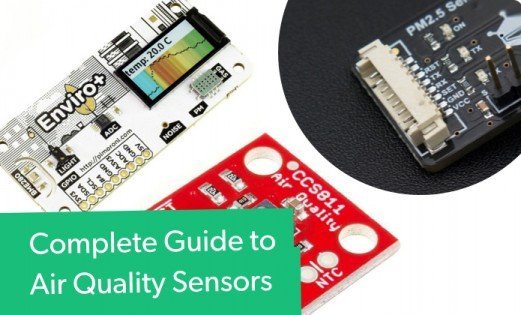
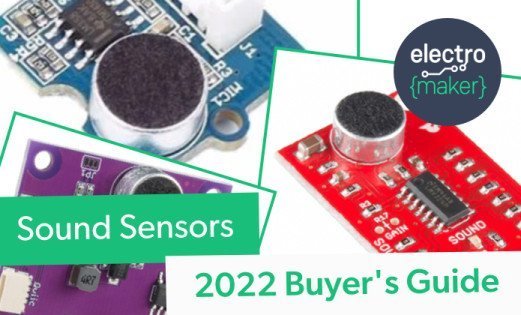
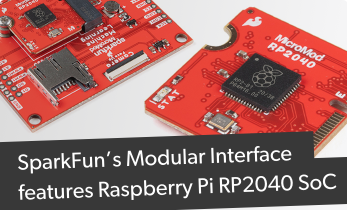
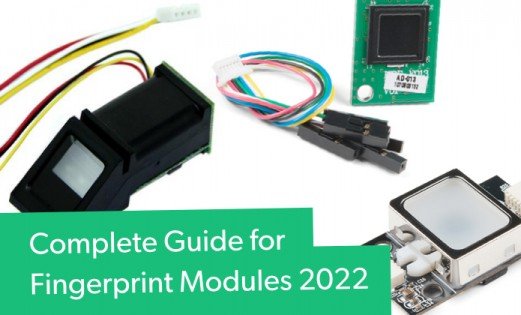
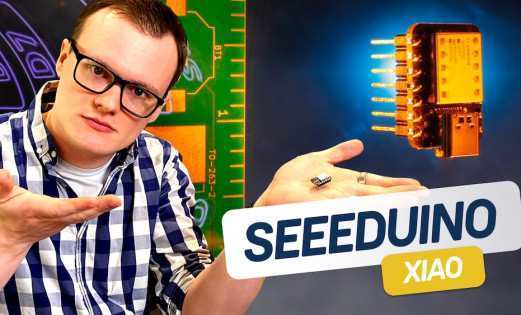
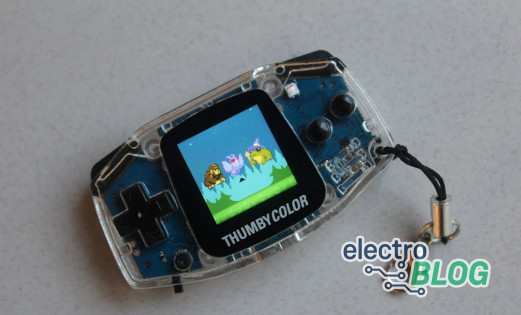
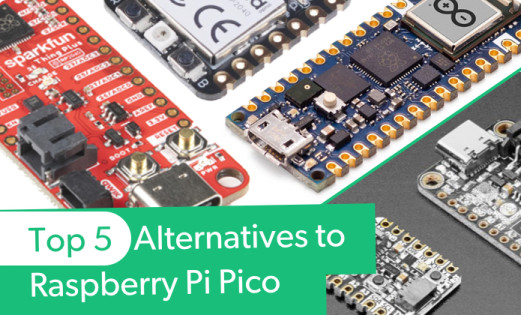
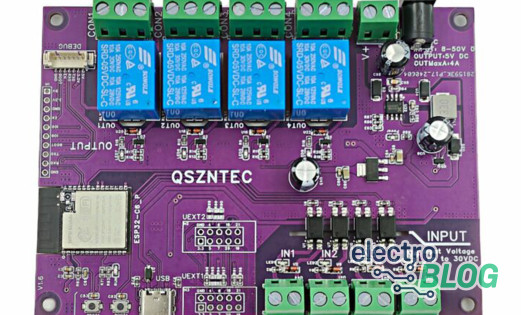
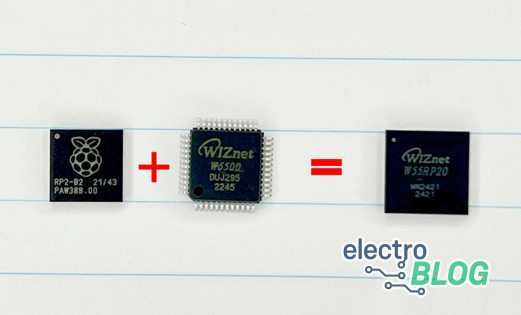
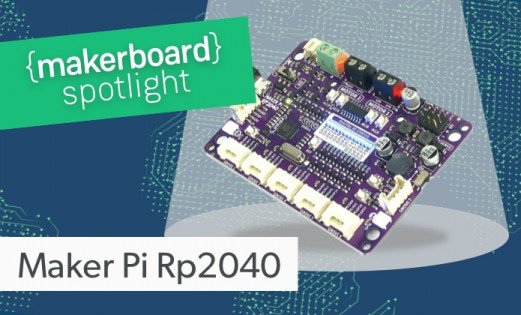
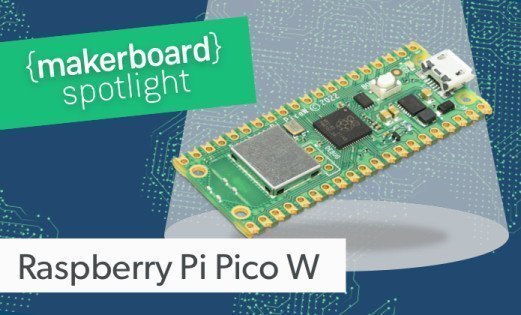
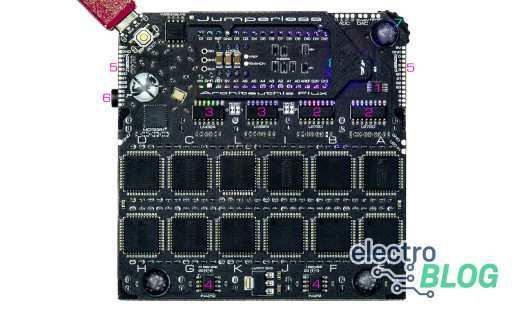


Leave your feedback...